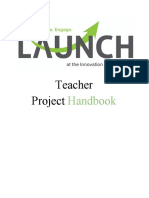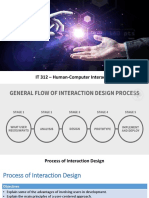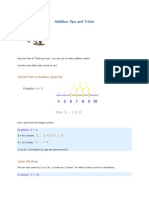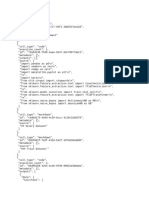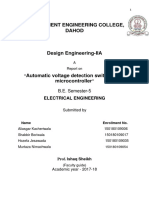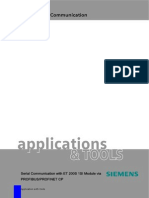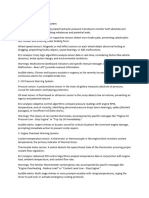0% found this document useful (0 votes)
54 views15 pagesDesign Project 1
The document provides information about a group design project assignment, including learning outcomes, submission requirements, an overview of the project, scenarios to choose from, instructions for registering a team, project steps, and how to document meetings. Students must work in groups of 4-6 to conceptualize and prototype a digital product, conduct user research, and present their findings.
Uploaded by
fattoevazizbekCopyright
© © All Rights Reserved
We take content rights seriously. If you suspect this is your content, claim it here.
Available Formats
Download as PDF, TXT or read online on Scribd
0% found this document useful (0 votes)
54 views15 pagesDesign Project 1
The document provides information about a group design project assignment, including learning outcomes, submission requirements, an overview of the project, scenarios to choose from, instructions for registering a team, project steps, and how to document meetings. Students must work in groups of 4-6 to conceptualize and prototype a digital product, conduct user research, and present their findings.
Uploaded by
fattoevazizbekCopyright
© © All Rights Reserved
We take content rights seriously. If you suspect this is your content, claim it here.
Available Formats
Download as PDF, TXT or read online on Scribd
/ 15





































